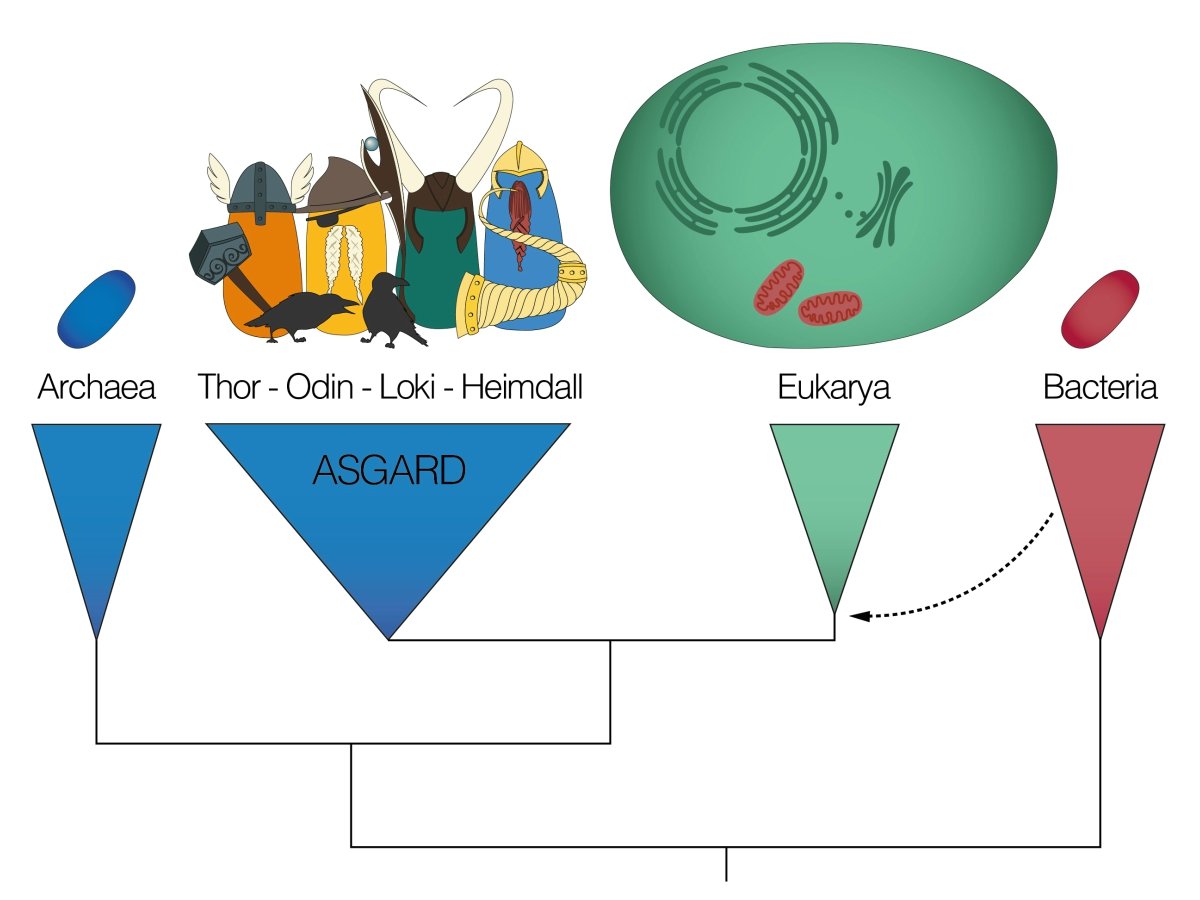Norse mythology
Life on earth is traditionally classified into three domains: single-celled bacteria and archaea (which have no cell nucleus) and eukaryotes (which have a cell nucleus). Before these complex life forms came into existence around 1.7 billion years ago, there were only bacteria and archaea. Scientists view the advent of eukaryotes as one of life on Earth's most significant evolutionary leaps. But what exactly caused this leap remains a mystery. The discovery of a new group of archaea, named Asgard after the well-known gods from North mythology, may yield fresh insights.

Eukaryote genes
The ‘Marvel microbes’ have been classified into four groups named Heimdall, Odin, Thor and Loki. Researchers from Uppsala University in Sweden discovered that these microbes are genetically more similar to eukaryotes than any other microbe. In fact, they carry many eukaryote genes in their genome. A number of these genes cause the growth of complex cell structures in eukaryotes. This discovery suggests that the Asgard archaea probably have similar (simpler) structures.
Thrilling
The Asgard archaea were found in a wide range of locations, such as in sea mud and river sediment, but also in Yellowstone Park's thermal springs. However, as they are extremely difficult to cultivate, the scientists made their discoveries working exclusively with archaea DNA. Further research will be needed to find out more about these microbes, as Ettema underscores: ‘These organisms are our closest microbial relatives, and we know next to nothing about them. Today's scientific techniques have granted us a glimpse of their genetic structure. It's thrilling.’
Missing link
The Marvel microbes may possibly be the missing link between simple single-celled organisms and complex life. Their discovery will probably lead to a review of the traditional three-way classification of domains and a radical rewrite of our evolutionary history.
Source: Nature
